So You Want to Sing Jazz
So You Want to Sing
A Guide for Professionals
A Project of the National Association of Teachers of Singing
So You Want to Sing: A Guide for Professionals is a series of works devoted to providing a complete survey of what it means to sing within a particular genre. Each contribution functions as a touchstone work for not only professional singers, but students and teachers of singing. Titles in the series offer a common set of topics so readers can navigate easily the various genres addressed in each volume. This series is produced under the direction of the National Association of Teachers of Singing, the leading professional organization devoted to the science and art of singing.
So You Want to Sing Music Theater: A Guide for Professionals , by Karen S. Hall, 2013.
So You Want to Sing Rock n Roll: A Guide for Professionals, by Matthew Edwards, 2014.
So You Want to Sing Jazz: A Guide for Professionals , by Jan Shapiro, 2015.
So You Want to Sing Jazz
A Guide for Professionals
Jan Shapiro
Allen Henderson
Executive Editor, NATS
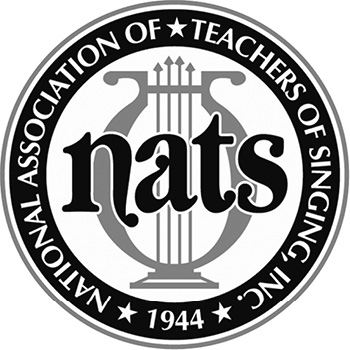
A Project of the National Association of
Teachers of Singing
Rowman & Littlefield
Lanham Boulder New York London
Published by Rowman & Littlefield
A wholly owned subsidiary of The Rowman & Littlefield Publishing Group, Inc.
4501 Forbes Boulevard, Suite 200, Lanham, Maryland 20706
www.rowman.com
Unit A, Whitacre Mews, 26-34 Stannary Street, London SE11 4AB
Copyright 2016 by Rowman & Littlefield
All photos courtesy of the author unless otherwise noted.
All rights reserved . No part of this book may be reproduced in any form or by any electronic or mechanical means, including information storage and retrieval systems, without written permission from the publisher, except by a reviewer who may quote passages in a review.
British Library Cataloguing in Publication Information Available
Library of Congress Cataloging-in-Publication Data
Shapiro, Jan, author.
So you want to sing jazz : a guide for professionals / by Jan Shapiro.
pages cm. (So you want to sing)
Includes bibliographical references and index.
ISBN 978-1-4422-2935-8 (pbk. : alk. paper) ISBN 978-1-4422-2936-5 (ebook) 1. SingingInstruction and study. 2. Jazz vocalsInstruction and study. I. Title.
MT868.S43 2016
782.42165'143dc23
2015028351
 The paper used in this publication meets the minimum requirements of American National Standard for Information SciencesPermanence of Paper for Printed Library Materials, ANSI/NISO Z39.48-1992.
The paper used in this publication meets the minimum requirements of American National Standard for Information SciencesPermanence of Paper for Printed Library Materials, ANSI/NISO Z39.48-1992.
Printed in the United States of America
To my very first musical influence, my mom, Virginia Shapiro, and to my dad, Earl Shapiro, who encouraged me by slipping cash into my pocket for voice lessons.
And to Mrs. Lucille Edmonds, my first voice teacher.
Foreword
S o You Want to Sing Jazz: A Guide for Professionals , the third book of the So You Want to Sing series, is an important addition to the series collection. I first met Jan Shapiro in 2000 when she chaired the voice department at the Berklee College of Music and hired me to teach in the voice department. At that time, she was already a leader in the field of jazz, both as a teacher and singer. Her long experience as a jazz singer and teacher means she has the depth of knowledge and experience necessary to write the jazz book. Singers (both beginning and experienced), teachers, and coaches will find valuable information on jazz history, pedagogy, style, and much more from a woman who knows her stuff.
Ever since meeting Jan back in 2000, I have greatly admired her intellectual prowess, her courage, and her honesty. She tells it like it is, and I have always appreciated that part of her personality. When Jan agreed to write the jazz book, she had written a few journal articles but never a book or a dissertation. I knew she didnt fully realize the challenges that lay ahead, but when that reality set in, she persevered and worked with passion, drive, and dedication on this important project. Her knowledge is thorough and timely. There are few, if any, jazz pedagogy books that encompass the scope of her book, one of its unique characteristics. Even though she struggled at times, she was always willing to work with me to figure out what needed to be accomplished. She never lost her sense of humor and was gracious when I had to push her. She always remained positive and optimistic, the consummate professional.
I believe that by attempting to teach singing with this important series, we will make many important discoveries about how to teach all kinds of singing in new ways. Putting forth our best efforts in these books is the only way to find out. I am extremely proud to have Jan included in the project and am thrilled at her accomplishment!
Karen S. Hall
Acknowledgments
I wish to thank former series editor Karen Hall for giving me the opportunity to write this book and her constant encouragement, patience, and eagle eye. To Sophie Innerfield, my writing coach, whose editing and dedication to this project made this book possible. Thank you, Sophie!
Thank you to my friends and family for their support, to all the jazz musicians I have worked with and known, to all of my jazz singer colleagues, and to the jazz singers of the future.
Online supplement
So You Want to Sing Jazz features an online supplement courtesy of the National Association of Teachers of Singing. Visit the link below to discover additional exercises and examples, as well as links to recordings of the songs referenced in the book.
http://www.nats.org/So_You_Want_To_Sing_Jazz.html
A musical note symbol in this book will mark every instance of corresponding online supplement material. Follow the link above and click on the corresponding chapter to access links, recordings, and exercises.
Introduction
A s a young musician, I did not discover jazz right awayor at least not what I understand jazz to be now. Both of my parents loved the music from the 1940s, so I grew up listening to the vocalists who sang in the Big Band era. Ella Fitzgerald was among these singers, but as a teenager I didnt pay much attention to whether or not a singer would scat. Typically I just liked to sing songs along with the artist without thinking too much about what made their technique or style stand out. My musical tastes varied from Broadway musicals to folk, pop, and soul. I did not think of the 1940s singers as jazz. But then again growing up in Festus, Missouri, I did not really know what that meant.
I knew I wanted to be a singer even as a very small child. As I grew up, I heard everything from Big Band music of the 1940s to Mahalia Jackson to musical theater playing on the home stereo. I also heard my mom sing along with the music or play piano and sing. By two years old, I started humming along. I read music by the age of six. At fifteen I began formal voice lessons.
In the 1960s and early 1970s, Barbra Streisand, Shirley Bassey, and Julie Andrews were the singers to whom I could relate the most because I was a lyric soprano with a natural vibrato. In my teens I went through a folk phase and taught myself guitar. If I sang lower, I could kind of sound more like a folk and pop singer. Of course, this was in my own inexperienced vocalist view.
When I studied music in college, I started to play and sing with the guitar in a few clubs. While in school, I had the opportunity to work with a band as the lead singer. I was still a little self-conscious about singing pop up-tempos. But when it came to singing ballads, I really milked them. I did not really think about style so much in my early days; I just sang. I worked hard on developing my voice with good classical training, but I could not figure out how to apply this to pop or jazz styles. As I had been taught, I sang the exact melody with the exact rhythm, exactly as written.
Next page
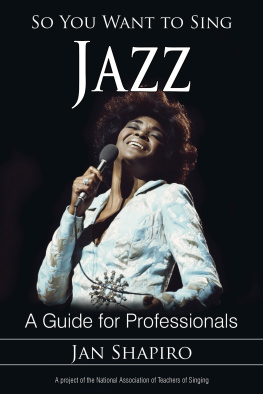

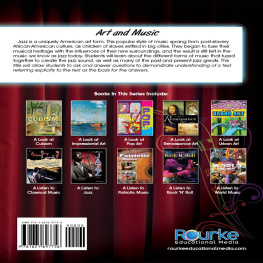
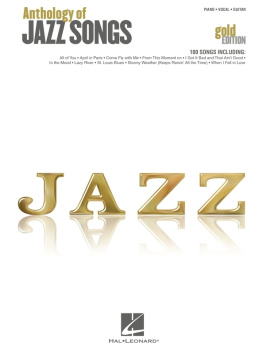

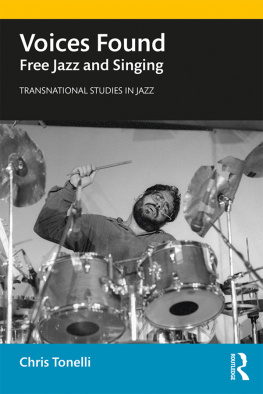

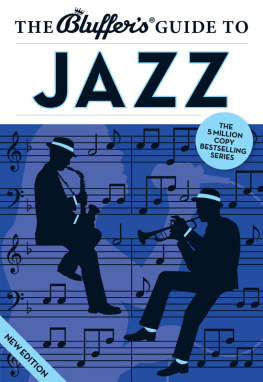
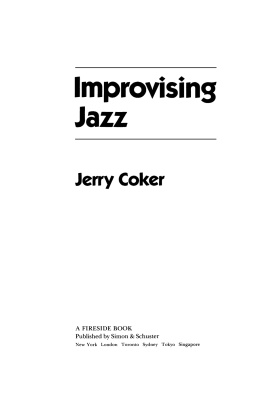
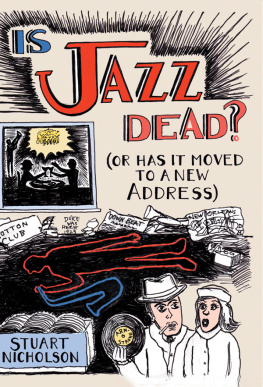
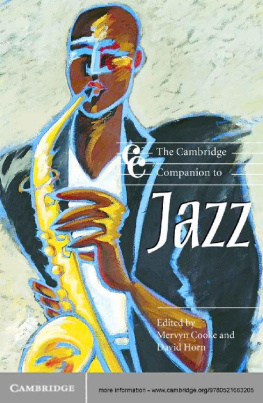


 The paper used in this publication meets the minimum requirements of American National Standard for Information SciencesPermanence of Paper for Printed Library Materials, ANSI/NISO Z39.48-1992.
The paper used in this publication meets the minimum requirements of American National Standard for Information SciencesPermanence of Paper for Printed Library Materials, ANSI/NISO Z39.48-1992.